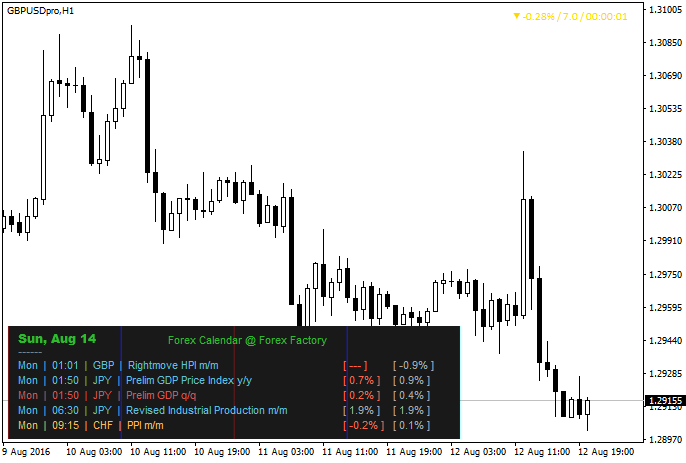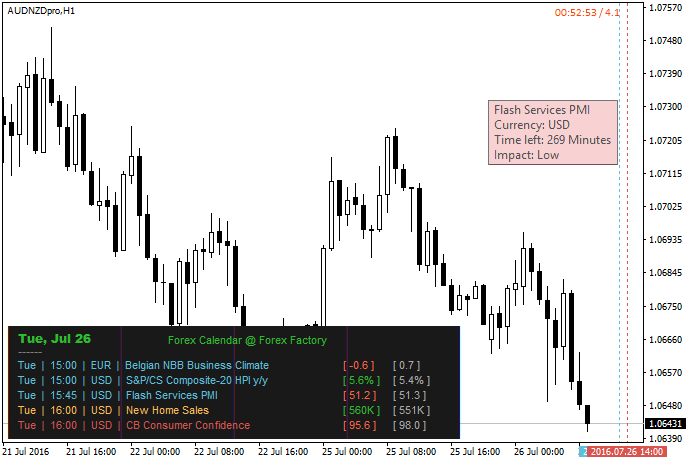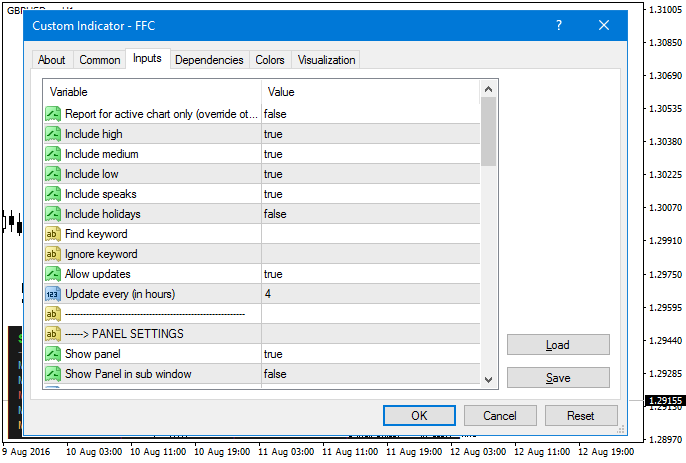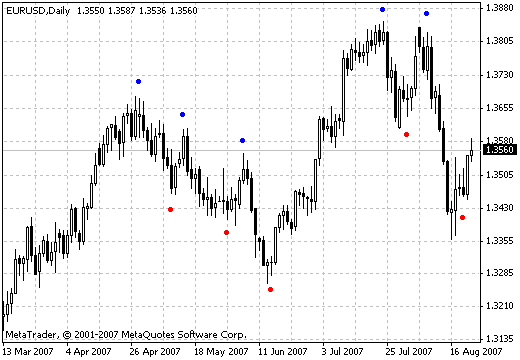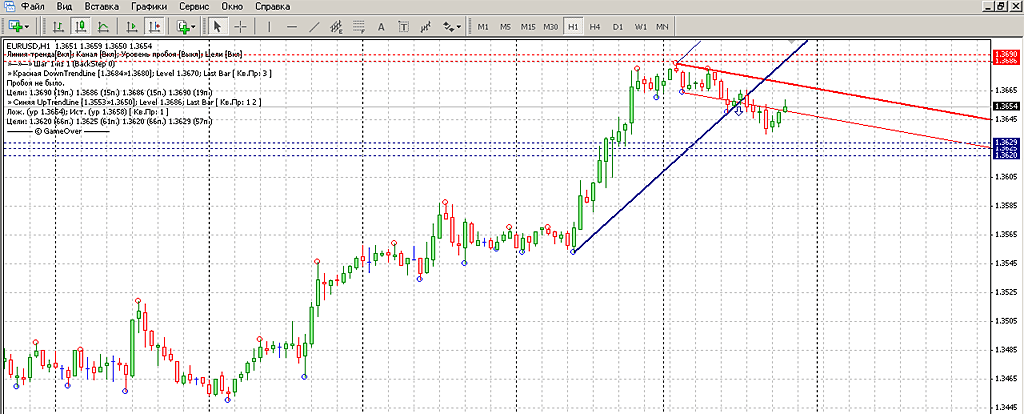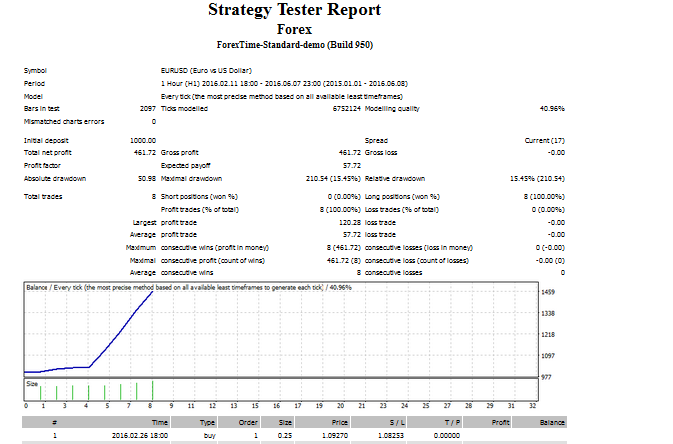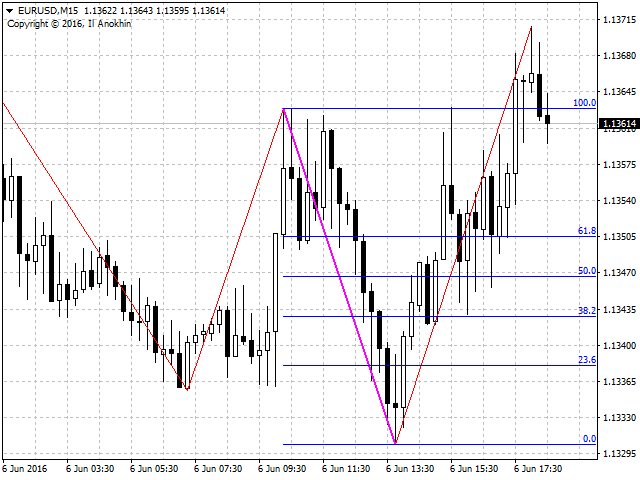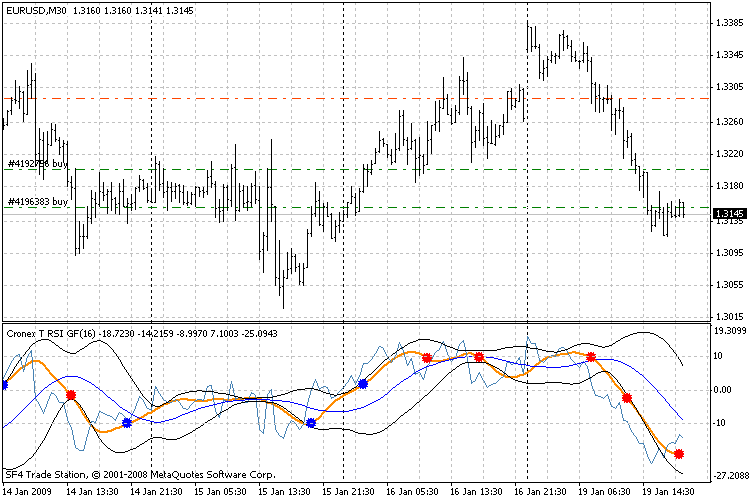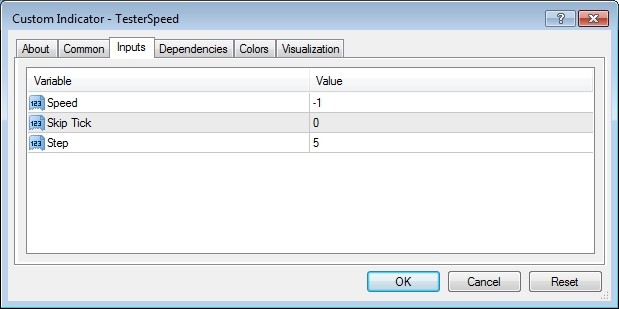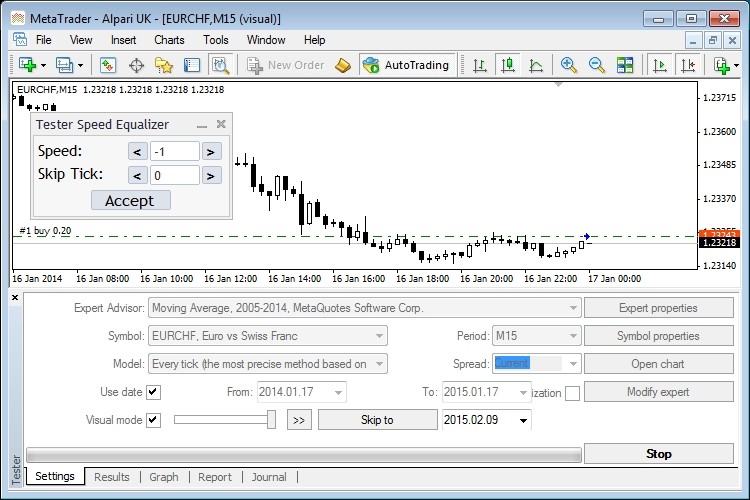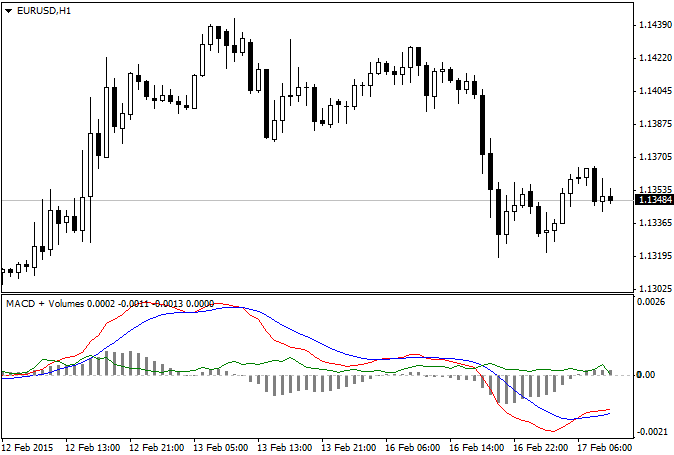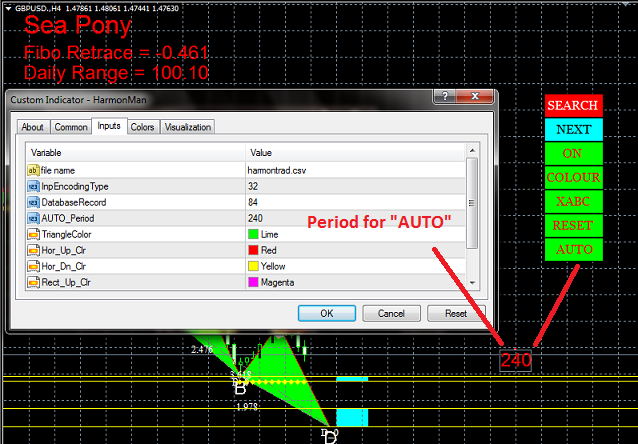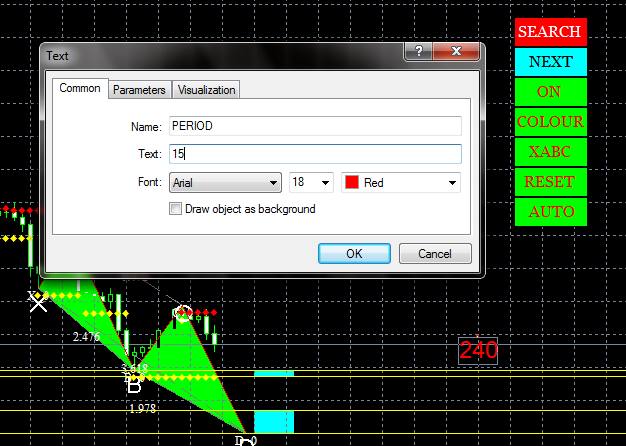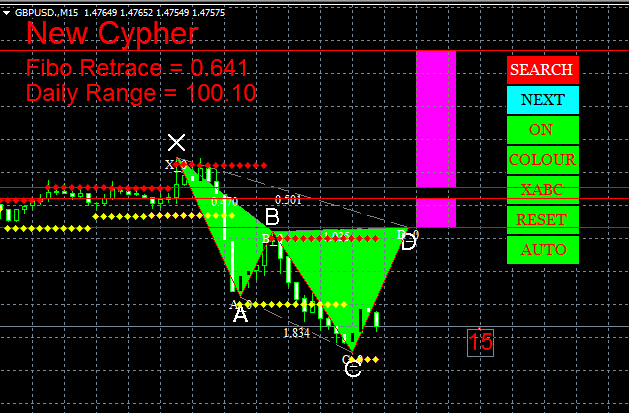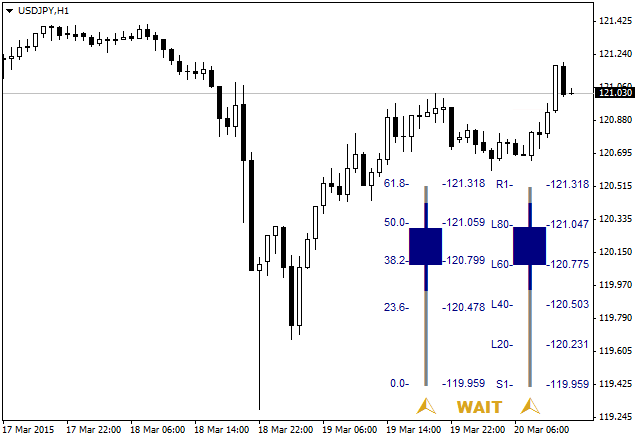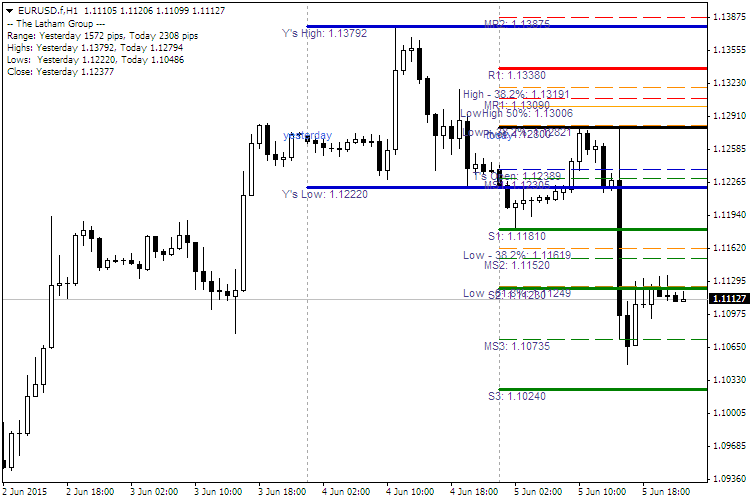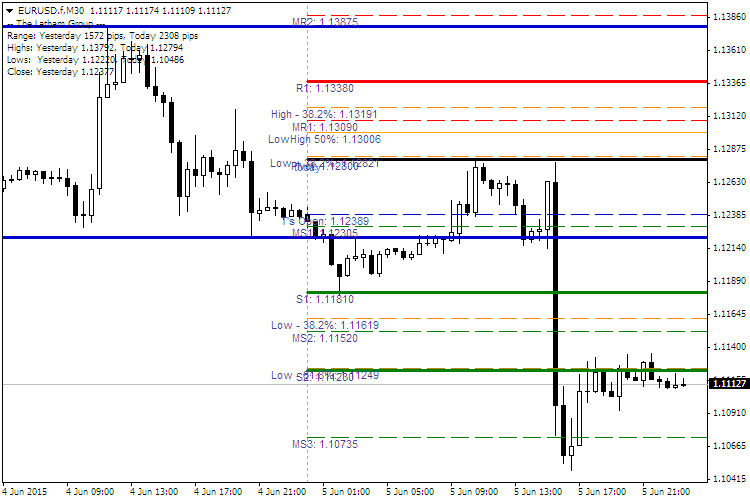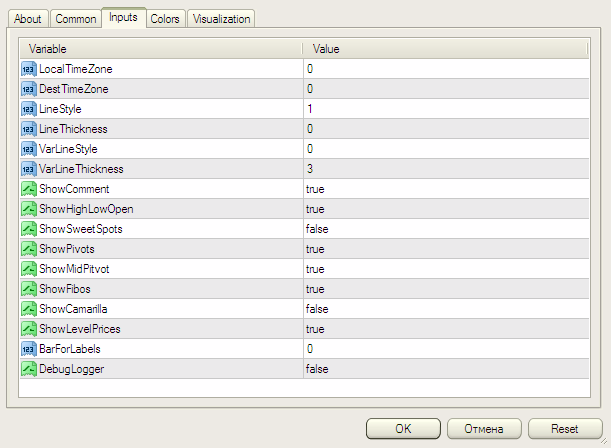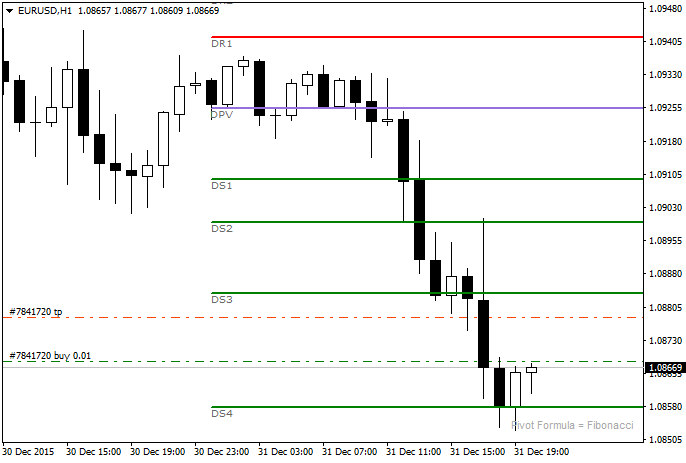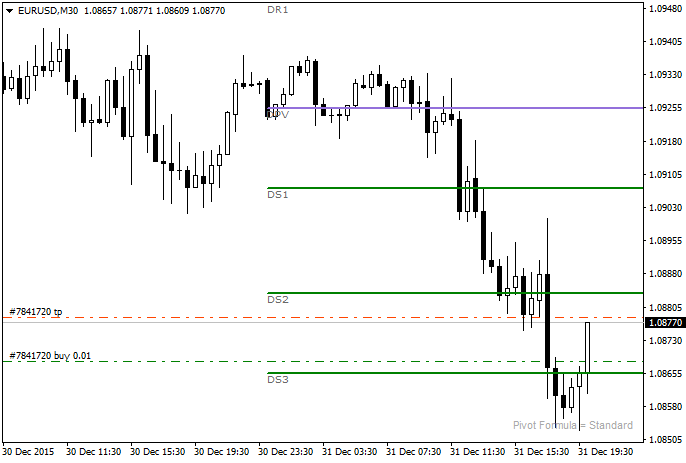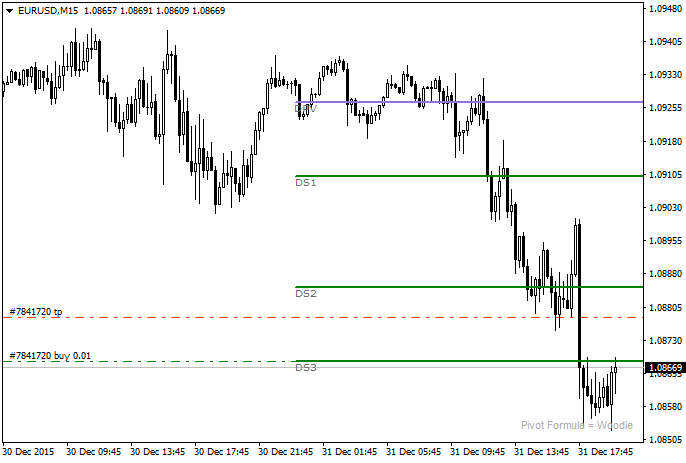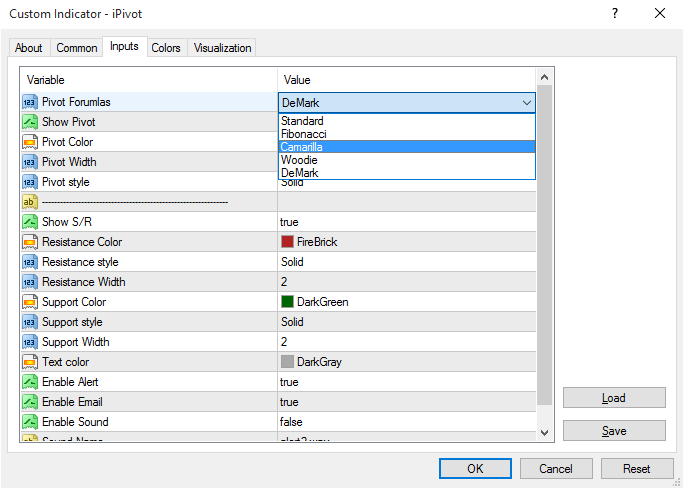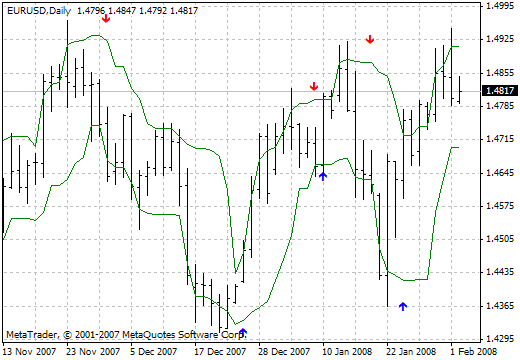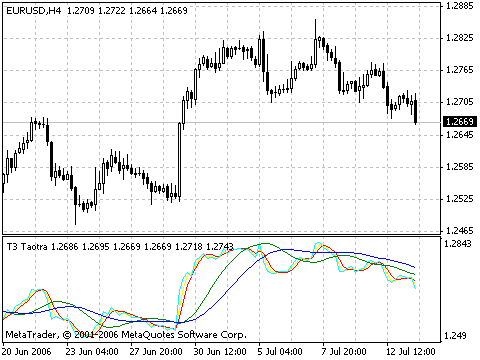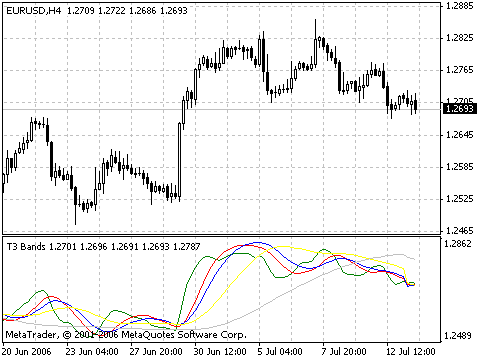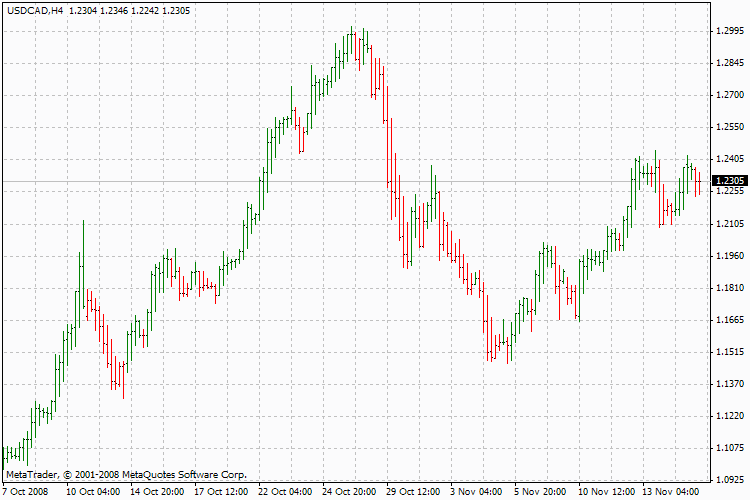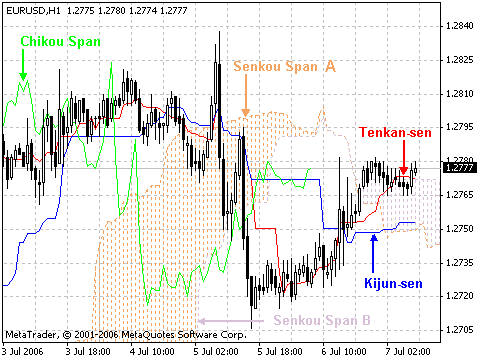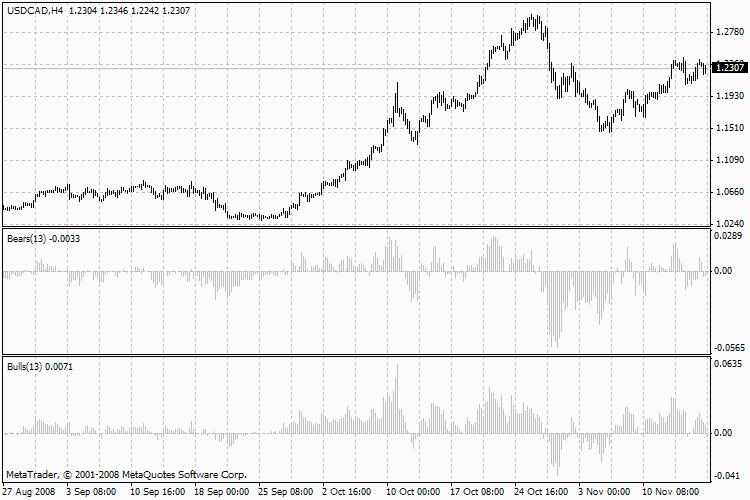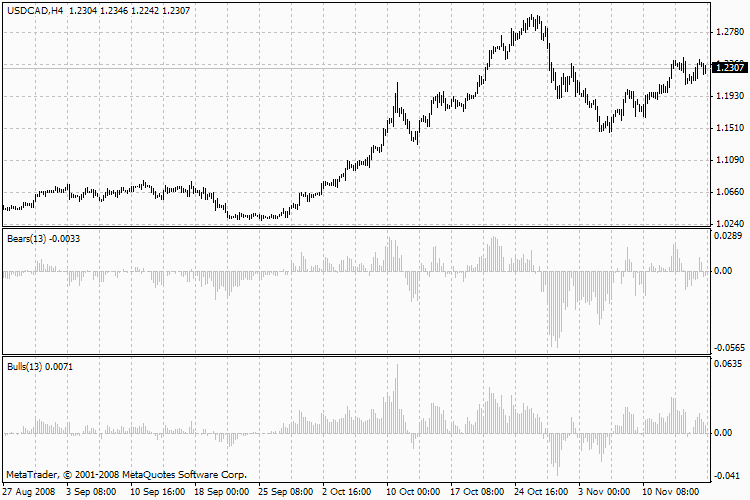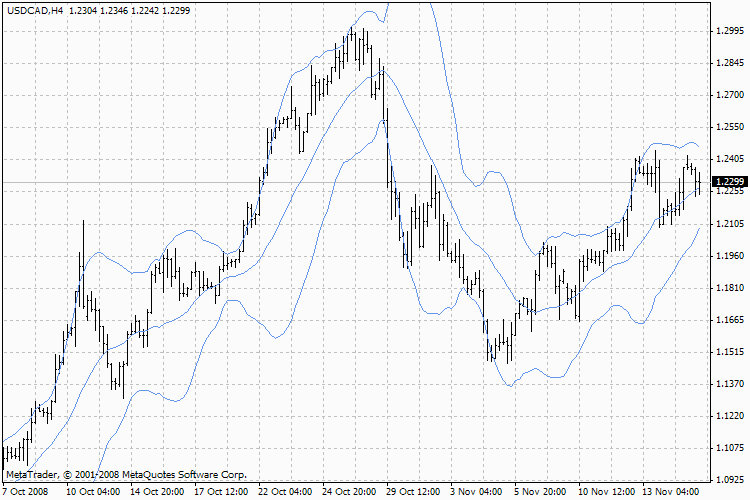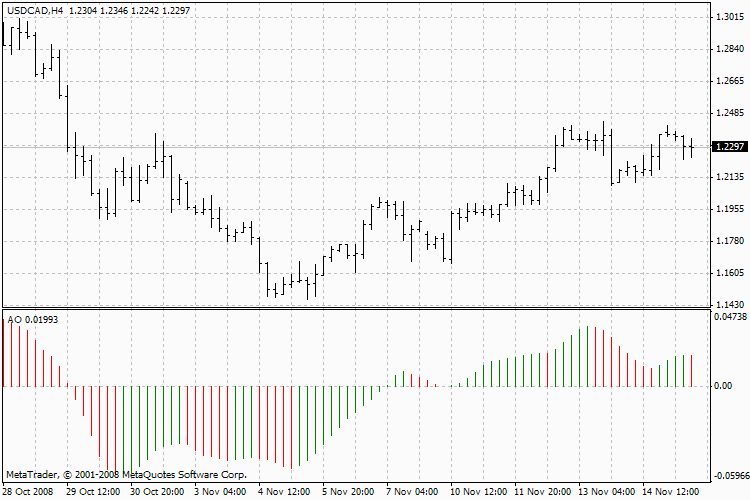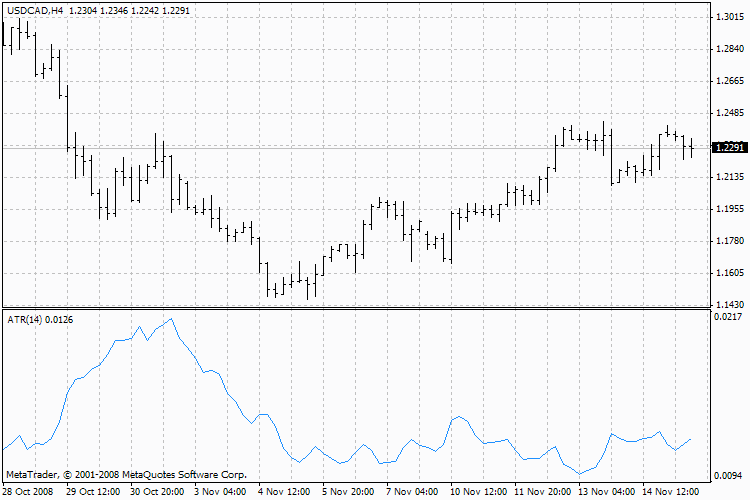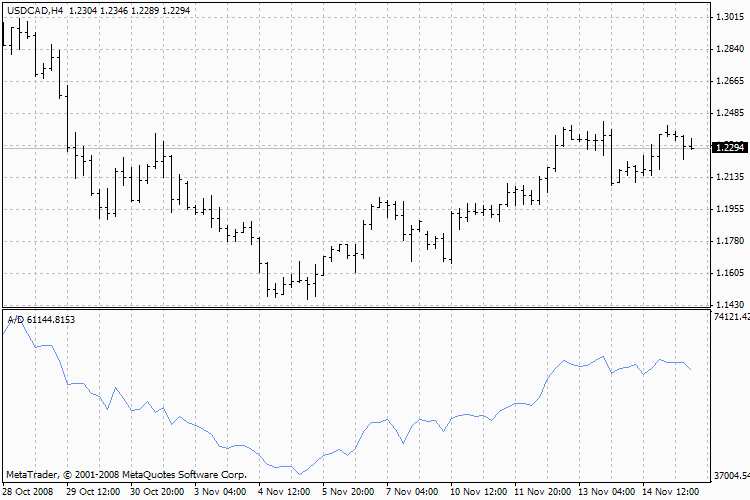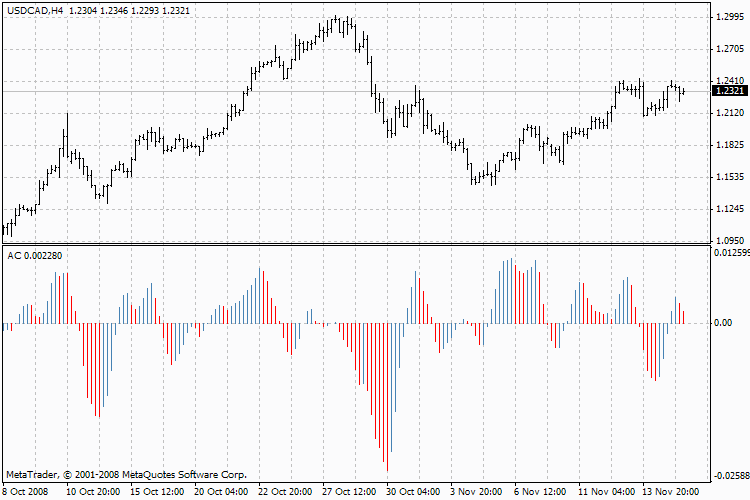Inspiration
The Vortex Indicator was inspired by the work of an Austrian inventor, Viktor Schauberger, who studied the flow of water in rivers and turbines. Etienne Botes and Douglas Siepman developed the idea that movements and flows within financial markets are similar to the vortex motions found in water. The Vortex Indicator was also partly inspired by J. Welles Wilder's concept of directional movement, which assumes the relationship between price bars gives clues as to the direction of a market.
Description
A vortex pattern may be observed in any market by connecting the lows of that market’s price bars with the consecutive bars’ highs, and then price bar highs with consecutive lows. The greater the distance between the low of a price bar and the subsequent bar’s high, the greater the upward or positive Vortex movement (VM+). Similarly, the greater the distance between a price bar’s high and the subsequent bar’s low, the greater the downward or negative Vortex movement (VM-).
A Vortex Pattern in the Market: By connecting the lows of price bars with the consecutive bars’ highs, and then price bar highs with consecutive lows, one can observe a vortex pattern in the market.
A Vortex Pattern in the Market: By connecting the lows of price bars with the consecutive bars’ highs, and then price bar highs with consecutive lows, one can observe a vortex pattern in the market.
Identifying a trend
On a chart, VI+ and VI− will be seen to intersect each other at a change of trend, and begin to diverge ever wider as the strength of a trend increases. When VI+ is larger and above VI−, the market is trending up. Conversely, when VI− is bigger and above VI+, the market is trending down.
A trader should focus on the key trend change points of the Vortex Indicator (i.e. the crossing points of VI+ and VI−). When VI+ crosses above VI−, a long (buy) position is indicated. A short or sell position is suggested when VI− crosses above VI+.
The published article also suggested further measures to ensure an effective trading strategy, for example, only entering a trade at the extreme high or low of the price bar that corresponds with a crossing of the Vortex Indicator.
Calculation
The high, low and close values are required for any chosen stock, future, commodity or currency. These values may be 15-minute, hourly, daily, etc.
-
First, calculate the current true range:
- Current true range (TR) = Maximum absolute value of either (current high–current low), (current low–previous close), (current high–previous close)
-
Next, calculate the current upward (positive) and downward (negative) vortex movements:
- Current Vortex Movement Up (VM+) = absolute value of current high – previous low
- Current Vortex Movement Down (VM−) = absolute value of current low – previous high
-
Decide on a parameter length (21 periods was used for this example). Now, sum the last 21 period’s True Range, VM+ and VM-:
- Sum of the last 21 periods’ True Range = SUM TR21
- Sum of the last 21 periods’ VM+ = SUM VM21+
- Sum of the last 21 periods’ VM- = SUM VM21−
-
Finally, divide SUM VM21+ and SUM VM21− respectively with the SUM TR21 to obtain the Vortex Indicator:
- SUM VM21+/SUM TR21 = VI21+
- SUM VM21-/SUM TR21 = VI21−
If this process is repeated, the resulting VI21+ and VI21− can be drawn graphically to represent the two lines of the Vortex Indicator.
First, calculate the current true range:
- Current true range (TR) = Maximum absolute value of either (current high–current low), (current low–previous close), (current high–previous close)
Next, calculate the current upward (positive) and downward (negative) vortex movements:
- Current Vortex Movement Up (VM+) = absolute value of current high – previous low
- Current Vortex Movement Down (VM−) = absolute value of current low – previous high
Decide on a parameter length (21 periods was used for this example). Now, sum the last 21 period’s True Range, VM+ and VM-:
- Sum of the last 21 periods’ True Range = SUM TR21
- Sum of the last 21 periods’ VM+ = SUM VM21+
- Sum of the last 21 periods’ VM- = SUM VM21−
Finally, divide SUM VM21+ and SUM VM21− respectively with the SUM TR21 to obtain the Vortex Indicator:
- SUM VM21+/SUM TR21 = VI21+
- SUM VM21-/SUM TR21 = VI21−




